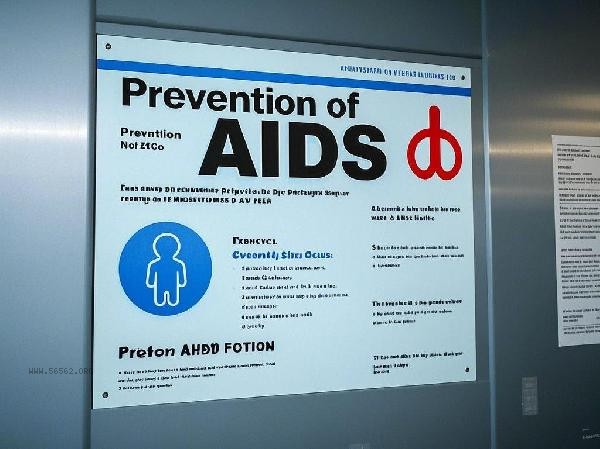High basophils may not be AIDS. Basophilia may be related to allergic reaction, chronic inflammation, bone marrow proliferative diseases and other factors, while AIDS usually shows abnormal lymphocyte subsets. It is necessary to make a comprehensive judgment based on other examinations.

Basophils are a type of white blood cell with a lower normal proportion. When the value slightly increases, it is common in allergic diseases such as allergic rhinitis and urticaria. Exposure to allergens such as pollen and dust mites may induce histamine release, leading to an increase in cells. Some chronic inflammations such as ulcerative colitis and rheumatoid arthritis may also cause abnormalities in this indicator, which are usually accompanied by changes in inflammatory markers such as elevated C-reactive protein or rapid erythrocyte sedimentation rate. Bone marrow proliferative diseases such as polycythemia vera and primary myelofibrosis may cause a significant increase in eosinophils, often accompanied by splenomegaly or platelet abnormalities.

AIDS virus infection mainly attacks CD4+T lymphocytes, and the typical blood routine change is that the absolute value of lymphocytes decreases. Although opportunistic infection may lead to eosinophils or neutrophils changes in the late stage of AIDS, it rarely directly affects basophils. If there are symptoms such as persistent fever, weight loss, and lymph node enlargement after engaging in high-risk behavior, diagnosis should be made through HIV antibody testing or nucleic acid testing, rather than relying solely on blood routine indicators. When high levels of eosinophils are found in [SEP], it is recommended to improve allergen screening, bone marrow biopsy and other examinations to clarify the cause. Daily exposure to known allergens should be avoided, and adequate sleep and balanced diet should be maintained. If accompanied by itching or rash on the skin, record the pattern of symptom onset and describe it in detail to the doctor when seeking medical attention. AIDS screening should be regarded as a routine physical examination item for high-risk groups, but there is no need to panic over the abnormality of a single indicator.









Comments (0)
Leave a Comment
No comments yet
Be the first to share your thoughts!